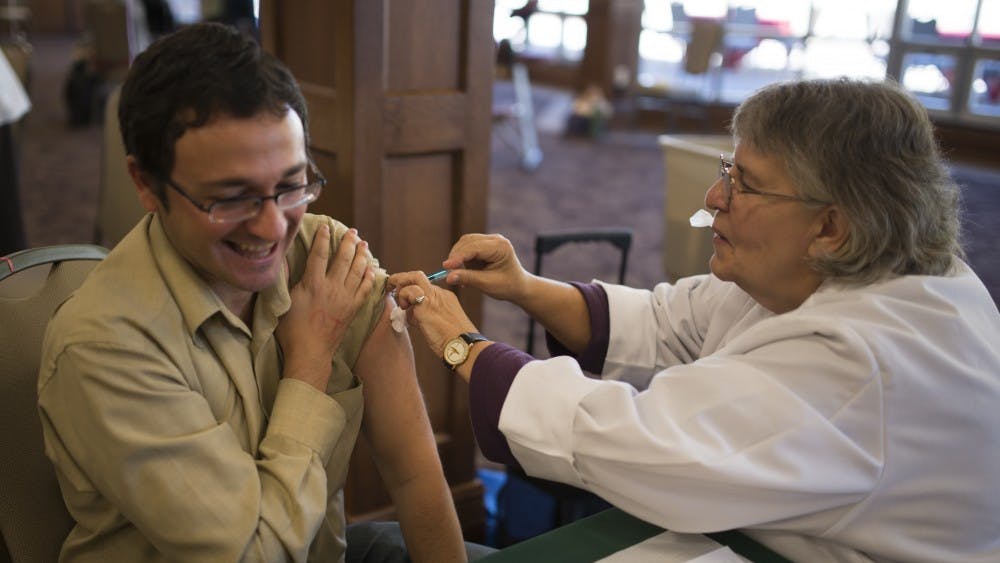WASHINGTON – With apologies to Mark Twain, reports of the death of the Pap smear \nare premature.\nYes, new research suggests a test for the human papillomavirus that causes cervical cancer might replace the old-fashioned Pap one day as that cancer’s primary screening tool. But even enthusiasts say it will take years of additional research to make such a big switch.\nFor now, a new trend is the Pap-plus – both a Pap and an HPV test – to improve screening accuracy. But government researchers issued a caution this month: Nearly one in 10 women over age 30 who get the combo test learns they have HPV even though their Paps show no cancer or even precancerous cells. They’ll need repeat checkups, and maybe more in-depth testing, to tease out who’s really at risk.\nWhat makes the issue confusing: Women’s bodies very often clear an HPV infection on their own, without lasting harm, but it can take a year. The younger the woman, the more likely that HPV is going to be transient.\n“One HPV test does not tell you very much,” said Debbie Saslow of the American Cancer Society, who fields phone calls from women frightened by the test mismatch. “Two consecutive HPV tests are what you need.”\nDr. George Sawaya of the University of California, San Francisco worries that women aren’t being educated enough about the pros and cons of their test options.\n“Right now we’re, I think, in quite a state of flux,” Sawaya said. “We are very thoughtful in telling them how we believe it can add to their care versus how it may be complicating.”\nAdd the still-to-come impact of the new HPV vaccine, and one thing is clear: The days of simple one-size-fits-all advice on cervical cancer screening are ending – and women will need to be savvy to realize the newer technology’s biggest benefits.\nCervical cancer will strike a little more than 11,000 U.S. women this year and kill 3,870, the cancer society predicts. Paps are credited for cutting death rates in half since the 1970s because they can spot precancerous cells in time to remove them and prevent invasive cancer.\nHPV, or human papillomavirus, is a common sexually transmitted disease. Some of HPV’s dozens of strains can cause cervical cancer if a woman remains infected for a long time – more than a year, according to research in this month’s Journal of the National Cancer Institute. The HPV test is designed to detect most of the worst strains, using the same cells scraped from the cervix as a Pap does, to signal who’s at high or low risk.\nNeither test is perfect. Paps can miss cancer signs, which is why women are urged to get them every one to three years. Cervical cancer grows so slowly that an abnormality missed at one checkup can still be caught next time.\nAlso, roughly 4 million of the nation’s 60 million annual Paps appear abnormal but not clearly dangerous. An HPV test that finds no virus gives peace of mind that nothing’s wrong, a crucial use of that test.\nA positive HPV test detects that virus is present, but can’t measure duration of infection or actual abnormalities on the cervix, which require more in-depth follow-up testing.\n“There’s absolutely a tradeoff,” said Dr. Diane Solomon of the National Cancer Institute. “There’s that balance between wanting to identify ... young women at risk, but not overtreat.”
Women might need multiple screenings for cervical cancer
Get stories like this in your inbox
Subscribe





